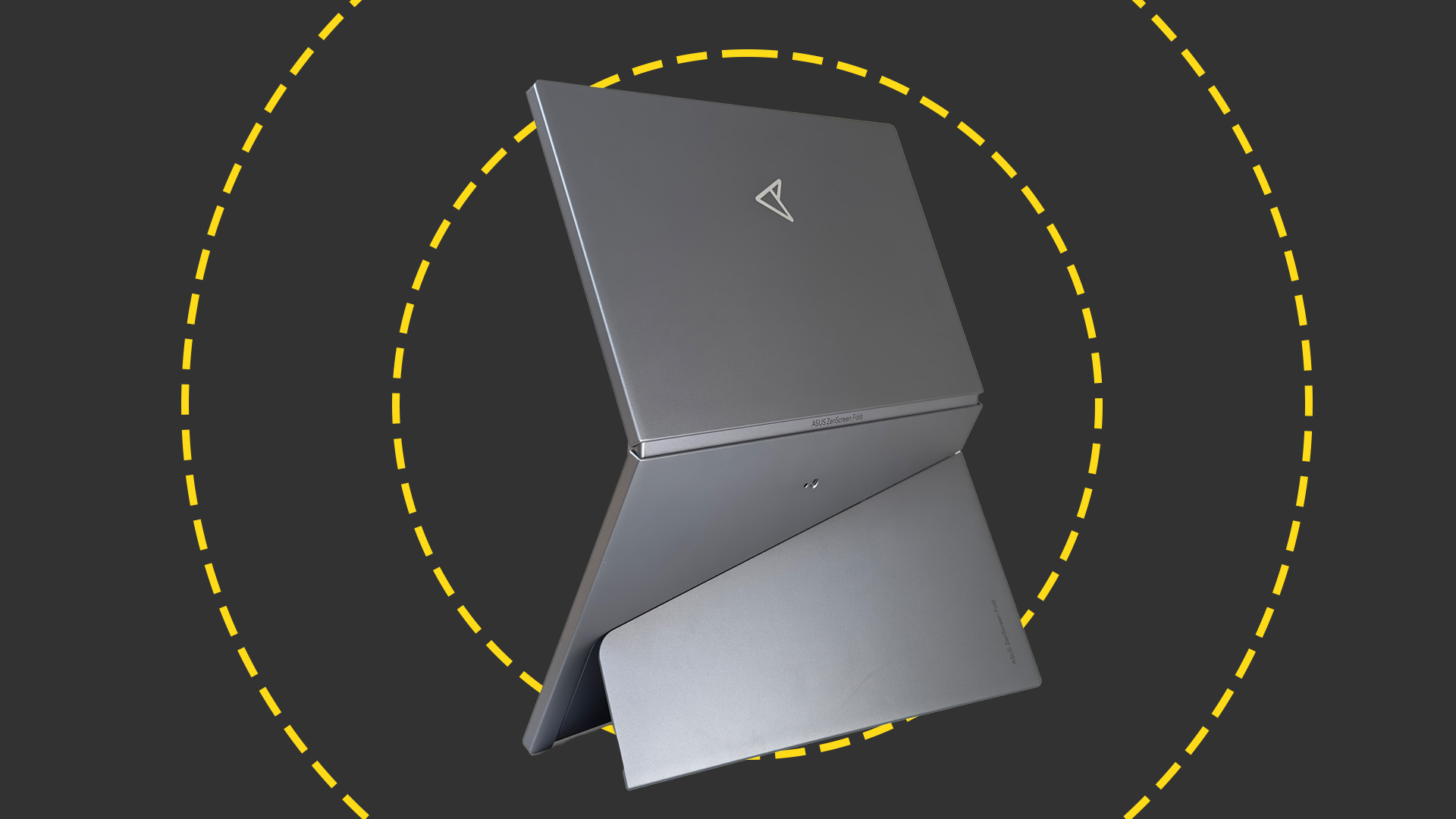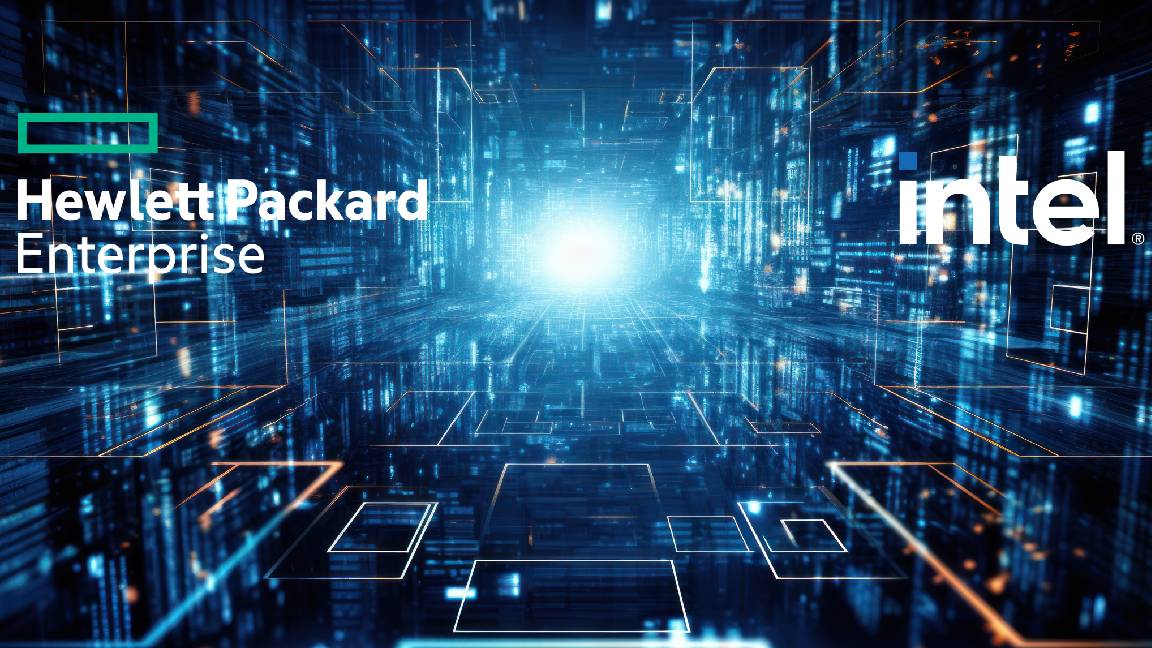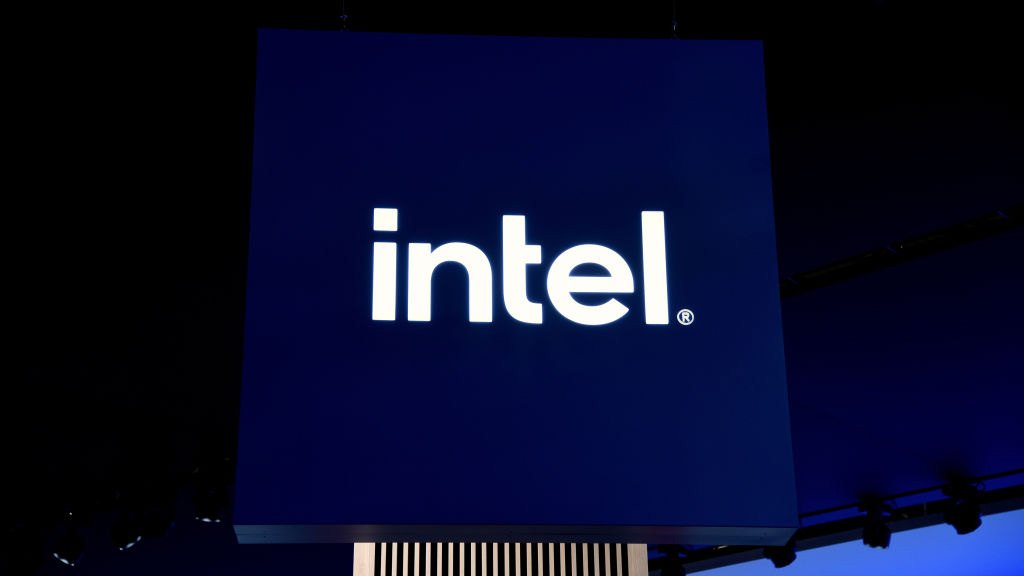IDF: Intel partners with Google to bring RealSense to Project Tango
Users could control devices without touching them


Intel has unveiled updates to a technology that allows users to control devices without touching them.
The development, called RealSense, has undergone a number of upgrades, according to Intel CEO Brian Krzanich in a keynote speech at the firm's annual developer conference in San Francisco yesterday, which will bring depth sensing to more devices and applications.
RealSense offers depth sensing capabilities to 3D cameras, sensors and other software, and the technology should make real-time scanning and mapping more affordable to the public.
"Computers are on our desks, in our bags, in our clothes, in our homes and on our bodies. They are not only growing smarter and more connected, but gaining senses and becoming an extension of ourselves," he said.
Intel also lifted the lid on its collaboration with Google on its Project Tango developer kit that uses RealSense on smartphones.
In a demonstration, a prototype phone sporting the depth-sensing technology was used to scan a room and create a 3D mesh of it. The developer kit for this technology is slated to be released to developers by the end of the year.
The RealSense technology could also be used to give robots better 3D vision, according to Krzanich, who unveiled a robot developed by a firm called Savioke that uses real-time depth sensing to move through a hotel to serve guests.
Get the ITPro daily newsletter
Sign up today and you will receive a free copy of our Future Focus 2025 report - the leading guidance on AI, cybersecurity and other IT challenges as per 700+ senior executives
Krzanich also demonstrated a vending machine fitted with a RealSense camera that allows the machine to identify a person, their gender and even their age before displayting targeted ads to that person via a transparent display. As the machine uses RealSense, the person can order items without touching anything.
As well as Windows and Android, developers will be able to use Intel RealSense technology with Mac OS X, ROS, Linux, Scratch, Unity, XSplit, OBS, Structure SDK, OSVR, Unreal Engine 4 and Google's Project Tango.
Also, a number of developers including Razer, XSplit and Savioke announced new platforms, peripherals and other solutions based on the tech.
Krzanich provided updates on the Intel Curie module aimed at wearables, the tiny, lowpowered device is aimed at consumer and industrial wearable devices. It includes a Quark system-on-chip, Bluetooth, a DSP, and charging silicon.
In a demo, BMX bikers had the chip implanted on the handlebars and seat that recorded data from the rider jumping over a ramp and gave real-time analytics on every turn and trick, such as air time, max height, bar spin, landing impact and so on. Riders can then analyse this data to improve performance.
Another use of the technology would be in the enterprise. Intel's Identity IQ sees a Curie chip embedded in a bracelet that an employee wears that allows them to access a computer without needing to enter a password every time. The technology could also be extended to access buildings, systems and cloud services.
Bizarrely, this section of the keynote ended with Krzanich using a bracelet with Curie technology embedded in it to control an army of spiders to dance.
Rene Millman is a freelance writer and broadcaster who covers cybersecurity, AI, IoT, and the cloud. He also works as a contributing analyst at GigaOm and has previously worked as an analyst for Gartner covering the infrastructure market. He has made numerous television appearances to give his views and expertise on technology trends and companies that affect and shape our lives. You can follow Rene Millman on Twitter.
-
 Asus ZenScreen Fold OLED MQ17QH review
Asus ZenScreen Fold OLED MQ17QH reviewReviews A stunning foldable 17.3in OLED display – but it's too expensive to be anything more than a thrilling tech demo
By Sasha Muller
-
 How the UK MoJ achieved secure networks for prisons and offices with Palo Alto Networks
How the UK MoJ achieved secure networks for prisons and offices with Palo Alto NetworksCase study Adopting zero trust is a necessity when your own users are trying to launch cyber attacks
By Rory Bathgate
-
 Gaining timely insights with AI inferencing at the edge
Gaining timely insights with AI inferencing at the edgeWhitepaper Business differentiation in an AI-everywhere era
By ITPro
-
 Scaling AI from pilot to production: Maximize AI impact with HPE & Intel
Scaling AI from pilot to production: Maximize AI impact with HPE & IntelWhitepaper Transform AI proof-of-concepts into full-scale implementations
By ITPro
-
 UK supercomputer boom as HPE and Dell receive funding for new AI cluster
UK supercomputer boom as HPE and Dell receive funding for new AI clusterNews The UK’s AI computing capabilities will increase by an order of magnitude in 2024
By Rory Bathgate
-
 AI gold rush continues as Hugging Face snags $235 million from IBM
AI gold rush continues as Hugging Face snags $235 million from IBMNews The investment round, which brings the company's valuation to $4.5 billion, also includes Amazon, Google, Intel, and Salesforce
By Richard Speed
-
 Why is ASUS reviving Intel’s NUC mini-PC line?
Why is ASUS reviving Intel’s NUC mini-PC line?News The diminutive PC is to rise again while analysts look for the business case
By Richard Speed
-
 Intel targets AI hardware dominance by 2025
Intel targets AI hardware dominance by 2025News The chip giant's diverse range of CPUs, GPUs, and AI accelerators complement its commitment to an open AI ecosystem
By Rory Bathgate
-
 Why aren’t factories as smart as they could be?
Why aren’t factories as smart as they could be?Whitepaper How edge computing accelerates the journey to a remarkable factory
By ITPro
-
 Who needs Intel vPro®, An Intel® Evo™ Design, anyway?
Who needs Intel vPro®, An Intel® Evo™ Design, anyway?Sponsored With flexible work on the up, the demand for high performance on-the-go business laptops has never been greater
By ITPro